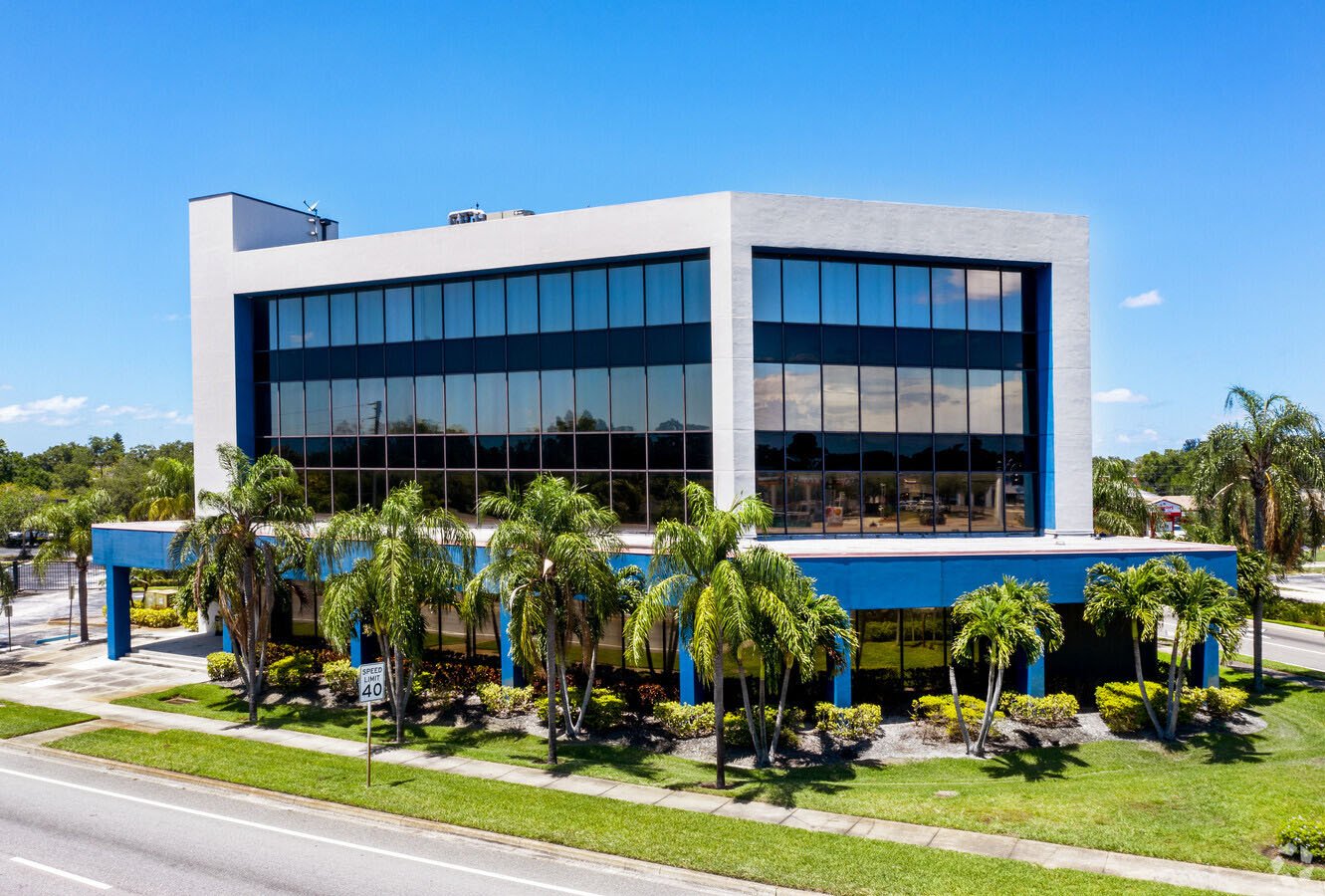4 Reasons to Automate Employee Time Off Request Forms
The holidays are quickly approaching, and with it comesthe annualwave of paid time off (PTO) requests from employees.
5 min read
 DocuPhase
:
Jun 23, 2023 10:40:20 AM
DocuPhase
:
Jun 23, 2023 10:40:20 AM

The pace of change in today’s business landscape is accelerating at a rapid rate–and business leaders have taken note.
A report from Bain & Company found that 70% of businesses surveyed globally are experiencing digital disruption. What’s more, 85% believe that technological disruption will continue to affect business operations at the same pace over the next five years–or faster.
The haste of technological progress shows no signs of slowing, so it's crucial for businesses to prioritize not only adjusting to keep pace with their competition but also looking toward the future to prepare themselves for long-term success.
This means proactively investing in technologies that can scale and adjust to future disruptions while implementing change management strategies that allow your workforce to be agile.
Let’s explore the concept of future-readiness: why it’s important today, and how tech solutions like business process automation (BPA) software can help you prepare for an unpredictable tomorrow.
Future-readiness is a strategic approach that focuses on preparing businesses for upcoming challenges and opportunities through innovation. This involves anticipating market changes, developing new products and services, and investing in new technologies.
To effectively implement these changes, it's crucial to have a change management strategy in place. Research from Gartner shows that about 50% of change initiatives fail, often due to the absence or ineffective implementation of such a strategy.
However, businesses that invest time and effort into preparing for future disruptions, by making appropriate software selections and introducing changes effectively, are better equipped to outperform their competitors, safeguard their market share, boost their profits, and protect themselves against future unknowns.
Change can be daunting at all levels within an organization. Employees may be apprehensive about abandoning familiar processes, while executives may be hesitant to invest in new technology. As a result, the mindset of "what we've always done has always worked" frequently prevails.
But this way of thinking prevents businesses from navigating the inevitable changes that lie ahead. The COVID-19 pandemic illustrated how the business landscape can drastically transform overnight, and business environments have continued to shift ever since.
Some of the most notable transformations are:
The pandemic sparked a global reliance on technology, and these resulting changes continue to gain momentum. To prepare for future disruptions, it's crucial for leaders to develop an effective change-management strategy.
Preparing for future business changes will require technology to navigate and adapt. Business Process Automation (BPA) solutions, in particular, can help you keep pace.
Some of the features of BPA software that can help you adjust to changing times include:
Automation technology plays a crucial role in preparing your business for the future, but the process can feel overwhelming. Here are some tips to make your efforts effective and long-lasting.
1. Select the right platform for your business needsWhen choosing a BPA solution to aid your future-readiness efforts, it's crucial to find a platform that aligns with your business needs.
Avoid solutions that take an all-or-nothing approach, forcing you into expensive and complex packaged agreements that require an end-to-end rework of your existing business processes.
Instead, opt for a platform that offers flexibility. Start by automating isolated workflows like employee PTO requests or expense reimbursements, and then gradually expand to additional departments and processes. This approach allows you to prepare for unforeseen future changes and challenges without the upfront investment or disruption of a complete tech stack overhaul.
Ensure future scalability by implementing automation tools and processes that can grow alongside your business.
2. Implement an effective change management planThe success of any new process or technology you implement will depend on its adoption rate.
While investing in automation is essential to building a digitally resilient business, it's equally important to prepare your employees and hold them accountable for procedural changes.
To ensure lasting changes that are embraced by your workforce, provide your employees with the necessary tools and training to implement and adapt to these changes effectively.
3. Evaluate regularlyFuture-readiness is an ongoing process. Regularly evaluate how your business can become more efficient and better equipped to face future threats and challenges.
Scalable automation solutions designed to grow with your business make it easy to expand automated workflows to various departments, including HR, legal, accounting, and more.
Automating more processes enhances employee agility and allows your business to strategically prepare for whatever lies ahead.
If the past few years have shown us anything, it’s that business leaders can’t afford to be complicit with the status quo.
Modern business strategies must have built-in agility measures that allow the workplace to pivot at a moment’s notice–and technology plays a critical role in this.
By investing in BPA solutions, businesses provide their teams with a versatile and scalable solution that is able to adjust to any future business landscape. This enables them to stay competitive, enhance customer experiences, and boost their profitability.
Don’t let future disruptions catch you off guard. Take action now by consulting with an automation expert to discover how DocuPhase can protect your operations, ensure future resilience, and drive sustainable growth.

The holidays are quickly approaching, and with it comesthe annualwave of paid time off (PTO) requests from employees.

“If it ain’t broke, don’t fix it” is a phrase many of us use to avoid making changes to long standing habits, relationships, and even business...

CLEARWATER – DocuPhase LLC, the industry leading software provider for AP Automation and back-office business process automation solutions, continues...